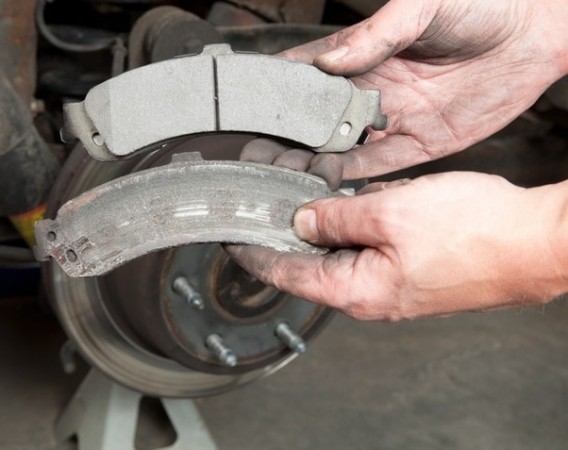
In the realm of automobiles, the braking system is undoubtedly one of the most critical components ensuring safety on the roads. When it comes to brakes, there's often a prevailing question among drivers: are the front and rear brakes separate entities? Let's delve into the intricacies of the braking system to uncover the truth.
The Braking System: An Overview
Before diving into the separation of front and rear brakes, it's essential to comprehend the fundamental workings of the braking system. In most vehicles, the braking system operates hydraulically, utilizing brake fluid to transmit force from the driver's foot to the brakes themselves.
Front Brakes: Bearing the Brunt of Stopping Power
Front brakes play a pivotal role in the braking process, bearing the brunt of the stopping power. They are typically responsible for around 70% of the vehicle's braking capability. In a typical setup, the front brakes consist of brake calipers, brake pads, and rotors.
Rear Brakes: Complementing the Front
While not as heavily relied upon as the front brakes, the rear brakes serve as a vital component of the braking system. They contribute to the overall braking force and help maintain stability during braking. Similar to the front brakes, the rear brakes consist of calipers, pads, and rotors.
Are Front and Rear Brakes Separate?
The answer to this question lies in the hydraulic system that governs the braking mechanism. While front and rear brakes are physically distinct components of the car, they are interconnected through the brake fluid system. When the driver depresses the brake pedal, hydraulic pressure is transmitted equally to all four brakes, ensuring simultaneous activation.
The Importance of Balanced Braking
Although the front brakes typically handle a majority of the braking force, it's crucial for both front and rear brakes to function harmoniously for optimal performance. A balanced braking system ensures stability, control, and efficient stopping power, especially in emergency situations.
Understanding Brake Bias
Brake bias refers to the distribution of braking force between the front and rear wheels. In some vehicles, especially those with performance-oriented designs, brake bias may be adjusted to optimize braking performance under varying conditions. This adjustment helps prevent wheel lock-up and skidding, particularly in slippery or uneven road conditions.
Maintenance and Care
Ensuring the proper maintenance and care of both front and rear brakes is paramount for vehicle safety. Regular inspections, brake pad replacements, and rotor resurfacing or replacement when necessary are essential practices to maintain optimal braking performance. In conclusion, while front and rear brakes are physically separate components in a car, they function as integral parts of a unified braking system. Understanding the interplay between front and rear brakes is essential for drivers to appreciate the complexities of vehicle safety and performance.
Financially, today is going to be your day
People of these zodiac signs may have to work harder, know what your horoscope says
People of this zodiac sign will be worried today due to children or education, know your horoscope